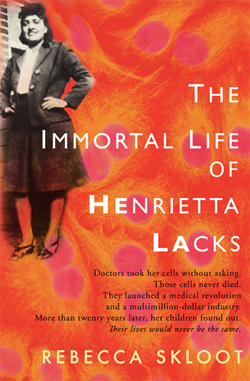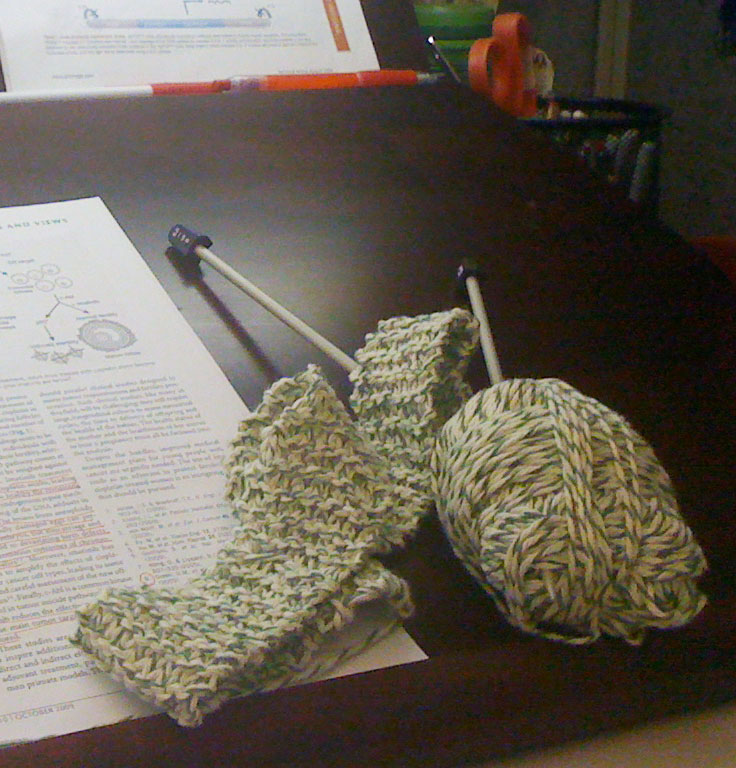 It’s been a while since I have pre-ordered a book and waited expectantly for its arrival. Ever since reading the first reviews of The Immortal Life of Henrietta Lacks by Rebecca Skloot, I have been itching to read this book for myself.
It’s been a while since I have pre-ordered a book and waited expectantly for its arrival. Ever since reading the first reviews of The Immortal Life of Henrietta Lacks by Rebecca Skloot, I have been itching to read this book for myself.
So, when I drove home and saw the boot prints in the snow leading to the front porch, I knew the awaited tome had finally arrived. I began my journey, guided by the able pen of Skloot, through the life of Henrietta Lacks and the incredible story of her tumor cells, first introduced to me as HeLa cells when I was a college student. At that time there was virtually no acknowledgment of the fact that these cells, a staple of cell biology research and teaching, originally came from a person, a mother, a wife, a daughter.
These blog entries will not attempt to be a review of Skloot’s book; more experienced book critics have done that and done it well. Instead, here is my reaction to the book “journaled” as I read—my thoughts and questions as a scientist, a writer, a woman, a mother, a daughter, and a member of the human race.
Entry 6 March 15, 2010
Then, in 1953, a geneticist in Texas accidentally mixed the wrong liquid with HeLa and a few other cells, and it turned out to be a fortunate mistake. The chromosomes inside the cells swelled and spread out, and for the first time, scientists could see each of them clearly. —Rebecca Skloot, The Immortal Life of Henrietta Lacks
Okay, Ms. Skloot, no fair teasing a geneticist reader like that. Who was the scientist in Texas? What was the wrong liquid? How long did it take for the scientist to realize he had launched the entire field of cytogenetics with his mistake? Continue reading “One Reader’s Journey through The Immortal Life of Henrietta Lacks (5)”
Like this:
Like Loading...




 Scientists are as likely to feel the smart of rejection as any other kind of writer. You slave over experiments trying to make sure that they have the proper controls to account for every possible artifact. You finally head to the computer keyboard and transcribe months, sometimes years, worth of labor into a few pages of text with some figures: your opus, which you send off on a wave of electrons to some distant editorial figure. And then you wait.
Scientists are as likely to feel the smart of rejection as any other kind of writer. You slave over experiments trying to make sure that they have the proper controls to account for every possible artifact. You finally head to the computer keyboard and transcribe months, sometimes years, worth of labor into a few pages of text with some figures: your opus, which you send off on a wave of electrons to some distant editorial figure. And then you wait. 